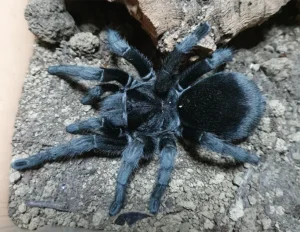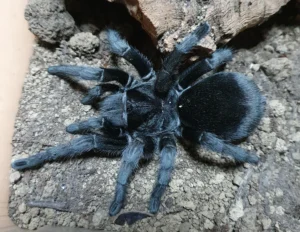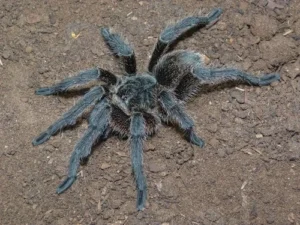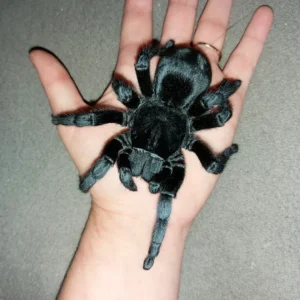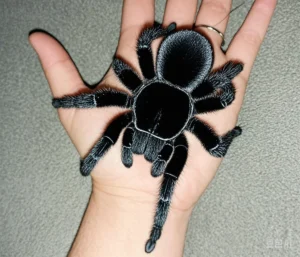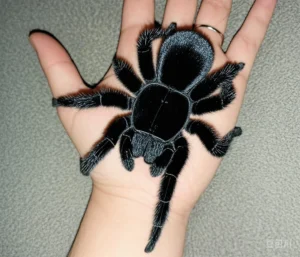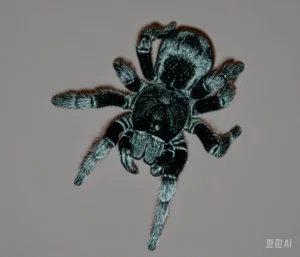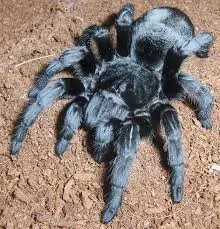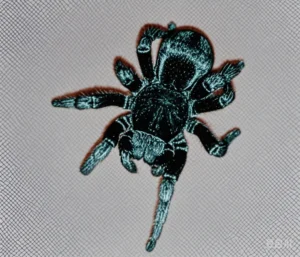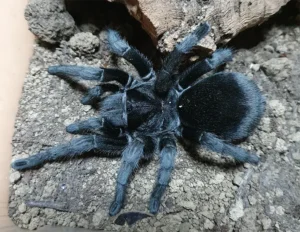Tarantula Behavior
The Effect of Light Cycles on Grammostola pulchra Activity Patterns
Introduction: Creatures of the Night
*Grammostola pulchra*, like most tarantula species, is primarily nocturnal or crepuscular (active during twilight hours). This means their natural activity patterns are strongly influenced by the daily cycle of light and darkness. Understanding how light cues affect their behavior is important for both appreciating their natural history and providing appropriate captive conditions.
Circadian Rhythms in Tarantulas
Like most living organisms, tarantulas possess internal biological clocks, known as circadian rhythms, which regulate various physiological and behavioral processes over a roughly 24-hour cycle. These internal clocks are synchronized (entrained) primarily by the natural light-dark cycle. This rhythm prepares the tarantula for periods of activity and rest.
Studies on various invertebrates confirm the presence and importance of these circadian rhythms for coordinating biological functions with environmental cycles.
Light Sensitivity and Avoidance
Tarantulas have simple eyes (ocelli) capable of detecting light intensity and possibly movement, but they do not form sharp images like human eyes. They are generally photonegative, meaning they tend to avoid bright light. Bright light likely signals daytime, a period of higher risk from diurnal predators and potentially unfavorable temperatures or humidity levels on the surface.

Influence on Daily Activity Patterns
The light cycle is the primary external cue regulating the tarantula nocturnal activity cycle:
- Daytime (Light Period): Typically a period of inactivity. The tarantula usually remains hidden within its burrow or chosen retreat, conserving energy and avoiding exposure.
- Twilight/Nighttime (Dark Period): As light levels decrease, activity increases. This is when *G. pulchra* is most likely to emerge from its burrow to hunt, explore its immediate surroundings, perform maintenance on its burrow, or (for mature males) search for mates.
This pattern maximizes their chances of encountering prey (many insects are also active at night) while minimizing exposure to daytime predators and potentially harsh environmental conditions.
Potential Impact on Molting
While less directly studied, the light cycle might also influence molting. Tarantulas typically molt within the security of their burrows. It’s plausible that the hormonal processes leading up to ecdysis (molting) are synchronized to some extent by the circadian rhythm, potentially favoring the vulnerable molting process to occur during the safer, inactive periods of the cycle.
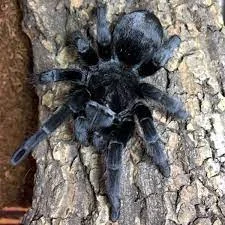
Implications for Captive Care
Recognizing the influence of light cycles is important for responsible tarantula husbandry:
- Provide a Naturalistic Light Cycle: Use ambient room lighting to simulate a day/night cycle. Avoid keeping the tarantula in constant light or constant darkness. A cycle of roughly 12 hours light and 12 hours dark is generally suitable.
- Avoid Bright Direct Lighting: Do not shine bright lights directly into the enclosure, especially heat lamps, as this can cause stress and overheating. If supplemental heat is needed, use under-tank heaters or ceramic heat emitters that don’t produce bright light.
- Use Red Light for Observation: If you wish to observe your tarantula during its active (dark) period, use a dim red light. Tarantulas perceive red light poorly, if at all, so it is less likely to disturb their natural nocturnal behavior.
- Provide Secure Hides: Ensure ample dark, secure hiding places (burrows, cork bark, half logs) where the tarantula can retreat during the light period.
Respecting Natural Rhythms: Providing an appropriate light cycle helps reduce stress and allows the tarantula to exhibit its natural behaviors, contributing to its overall health and well-being.
Information based on general understanding of arachnid biology and nocturnal animal behavior.

